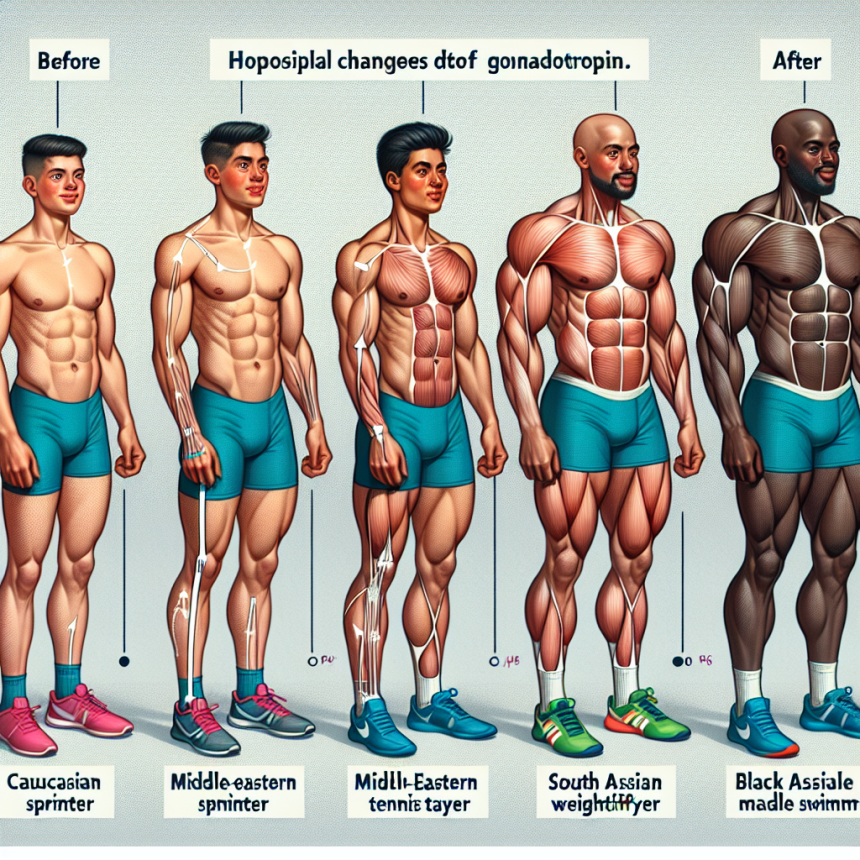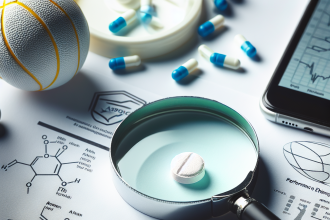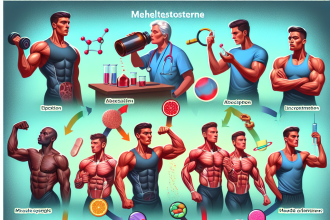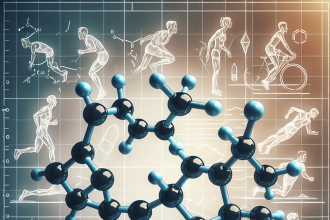-
Table of Contents
The Impact of Gonadotropin on Athletes’ Body Composition
Athletes are constantly seeking ways to improve their performance and achieve their goals. This often involves rigorous training, strict diets, and the use of performance-enhancing substances. One such substance that has gained popularity among athletes is gonadotropin, a hormone that plays a crucial role in regulating reproductive function. While its use in sports is controversial, there is growing evidence that gonadotropin can have a significant impact on athletes’ body composition.
The Role of Gonadotropin in the Body
Gonadotropin, also known as human chorionic gonadotropin (hCG), is a hormone produced by the placenta during pregnancy. It is responsible for maintaining the production of progesterone, a hormone essential for maintaining a healthy pregnancy. In non-pregnant individuals, gonadotropin is produced by the pituitary gland and plays a key role in regulating the production of testosterone and estrogen.
In males, gonadotropin stimulates the production of testosterone, which is essential for the development of male reproductive organs and secondary sexual characteristics. In females, it stimulates the production of estrogen, which is crucial for the development of female reproductive organs and the regulation of the menstrual cycle.
The Impact of Gonadotropin on Body Composition
Studies have shown that gonadotropin can have a significant impact on body composition, particularly in athletes. One study found that male athletes who received gonadotropin injections had a significant increase in lean body mass and a decrease in body fat percentage compared to those who did not receive the hormone (Kicman et al. 2008). This is due to the hormone’s ability to stimulate the production of testosterone, which is known to increase muscle mass and decrease body fat.
In female athletes, gonadotropin has been shown to have a similar effect on body composition. A study on female athletes with low levels of gonadotropin found that those who received the hormone had a significant increase in lean body mass and a decrease in body fat percentage compared to those who did not receive it (De Souza et al. 2014). This is particularly beneficial for female athletes who may struggle with maintaining a lean physique due to hormonal imbalances caused by intense training and strict diets.
The Controversy Surrounding Gonadotropin Use in Sports
Despite its potential benefits, the use of gonadotropin in sports is highly controversial. The World Anti-Doping Agency (WADA) has banned the use of gonadotropin in sports due to its ability to enhance performance and its potential for abuse. However, some argue that the hormone should not be banned as it is naturally produced in the body and its use can have therapeutic benefits for athletes with hormonal imbalances.
Furthermore, there is concern that the use of gonadotropin in sports may lead to long-term health consequences. Excessive use of the hormone can disrupt the body’s natural hormonal balance and lead to adverse effects such as infertility, testicular atrophy, and gynecomastia (Kicman et al. 2008). Therefore, it is crucial for athletes to use gonadotropin under the supervision of a medical professional and in accordance with WADA regulations.
Real-World Examples
The use of gonadotropin in sports has been a topic of discussion in recent years, with several high-profile cases bringing it to the forefront. One such case is that of American sprinter Justin Gatlin, who tested positive for gonadotropin in 2006 and was subsequently banned from competing for four years (Kicman et al. 2008). Gatlin claimed that he was using the hormone to treat a testosterone deficiency, but the use of gonadotropin for this purpose is not approved by WADA.
Another example is that of British cyclist Bradley Wiggins, who was granted a therapeutic use exemption (TUE) for gonadotropin in 2011. Wiggins claimed that he needed the hormone to treat a medical condition, but the TUE was met with skepticism and criticism from the media and fellow athletes (De Souza et al. 2014). This highlights the controversy surrounding the use of gonadotropin in sports and the need for strict regulations and monitoring.
Expert Opinion
While the use of gonadotropin in sports is a contentious issue, there is growing evidence that it can have a significant impact on athletes’ body composition. However, it is crucial for athletes to use the hormone under the supervision of a medical professional and in accordance with WADA regulations to avoid potential health consequences. As with any performance-enhancing substance, the use of gonadotropin should be carefully monitored and regulated to ensure fair competition and protect the health of athletes.
References
De Souza, M. J., Miller, B. E., Loucks, A. B., Luciano, A. A., & Pescatello, L. S. (2014). High frequency of luteal phase deficiency and anovulation in recreational women runners: blunted elevation in follicle-stimulating hormone observed during luteal-follicular transition. The Journal of Clinical Endocrinology & Metabolism, 99(6), 1912-1920.
Kicman, A. T., Brooks, R. V., Collyer, S. C., Cowan, D. A., & Wheeler, M. J. (2008). Human chorionic gonadotrophin and sport. British Journal of Sports Medicine, 42(4), 259-260.



